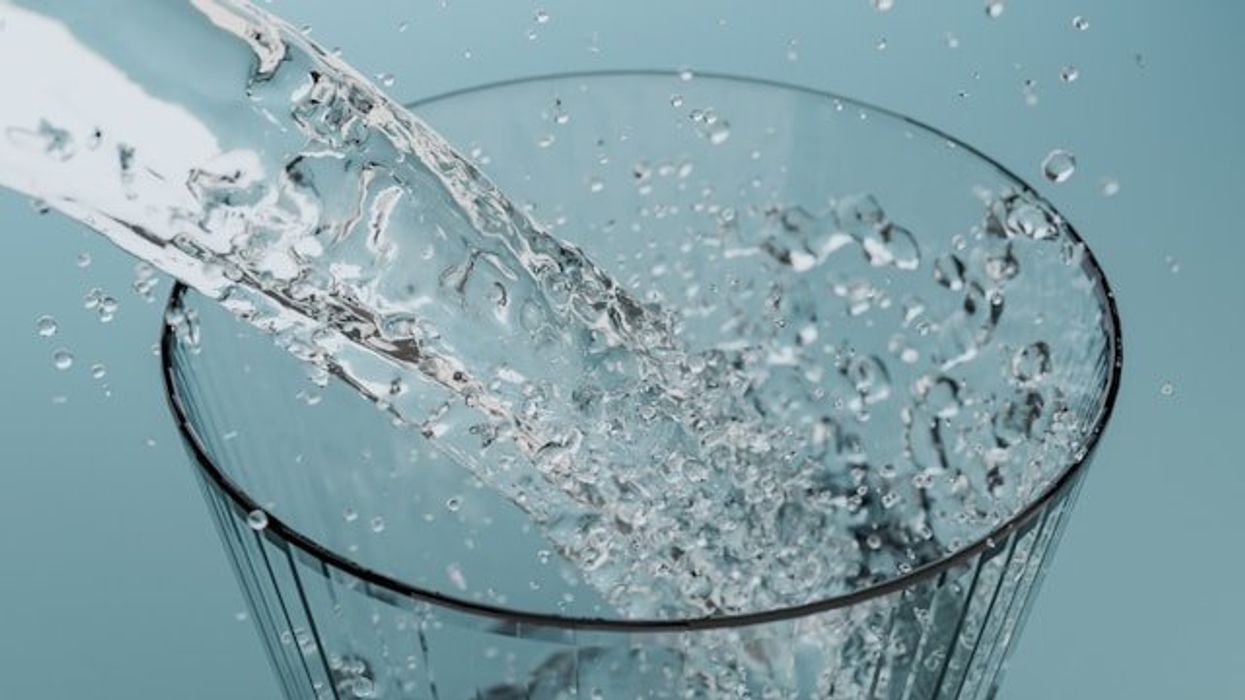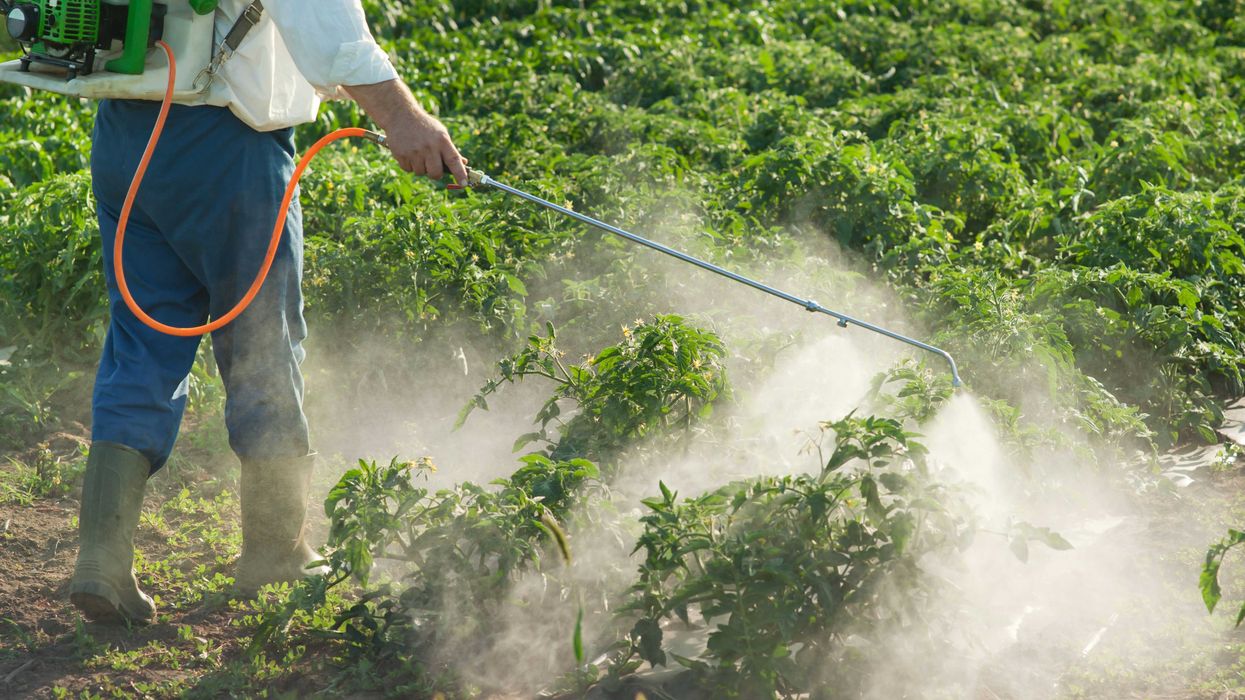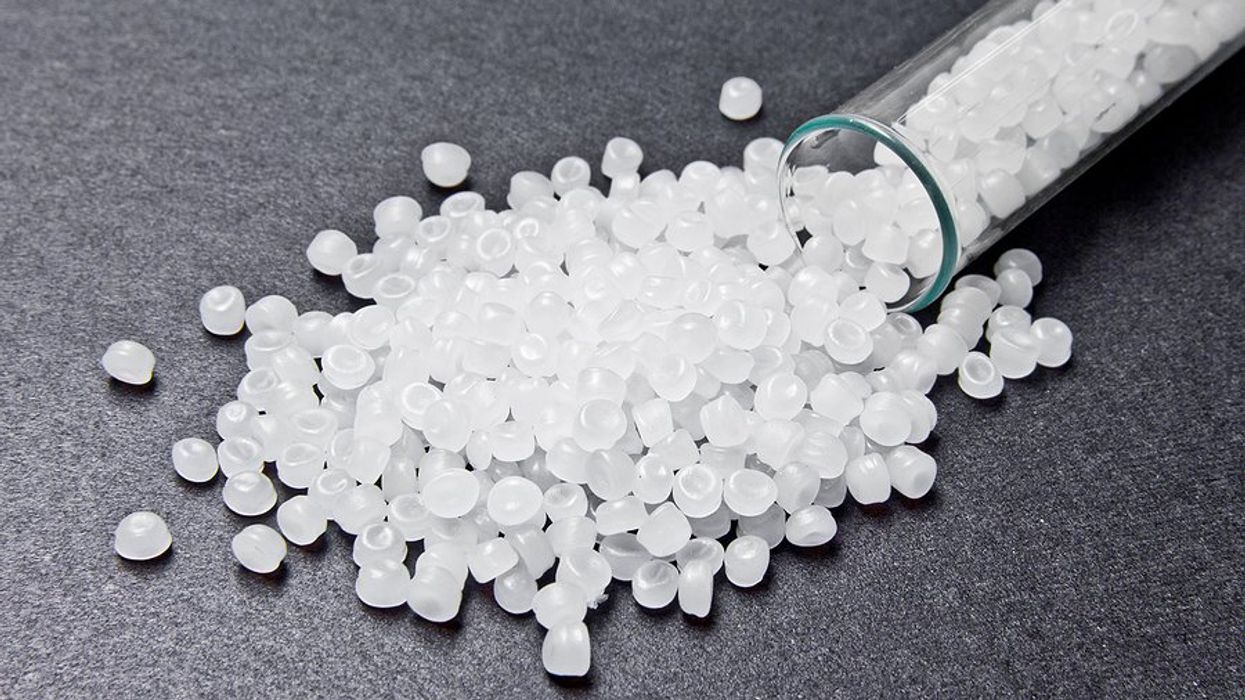Researchers have detected 21 new types of PFAS in Sydney’s drinking water, including one never before found in tap water worldwide, raising questions about long-term monitoring and safety standards.
Jean Kennedy reports for ABC News.
In short:
- University of New South Wales scientists tested water from four Sydney catchments and found 31 PFAS chemicals in total, with 21 previously unreported in Australian drinking water.
- One chemical had never been identified in tap water anywhere globally, and another — linked to firefighting foams — was detected in Australia for the first time.
- While levels meet Australian safety guidelines, some samples would approach or exceed limits used in other countries, according to the lead researcher.
Key quote:
"It has been picked up in various consumer products like food packaging and so somehow that must have made it into the waterway, but we don't know the origin of it."
— Alex Donald, lead author of the research and professor of chemistry, University of New South Wales
Why this matters:
PFAS — often called “forever chemicals” — persist in the environment for decades and can accumulate in human bodies. Used in firefighting foams, nonstick cookware, and waterproof fabrics, they can enter waterways through industrial discharges, runoff, and even consumer waste. Research links certain PFAS to health problems such as immune system suppression, developmental issues in children, and increased cancer risk. Even low concentrations in drinking water can add to cumulative exposure over a lifetime, prompting stricter limits overseas. The detection of new and rare PFAS types suggests that existing monitoring programs may miss chemicals not routinely screened for, leaving potential gaps in public health protection. Differences in safety thresholds between countries also raise questions about whether current standards fully account for long-term risks.
Related:
















